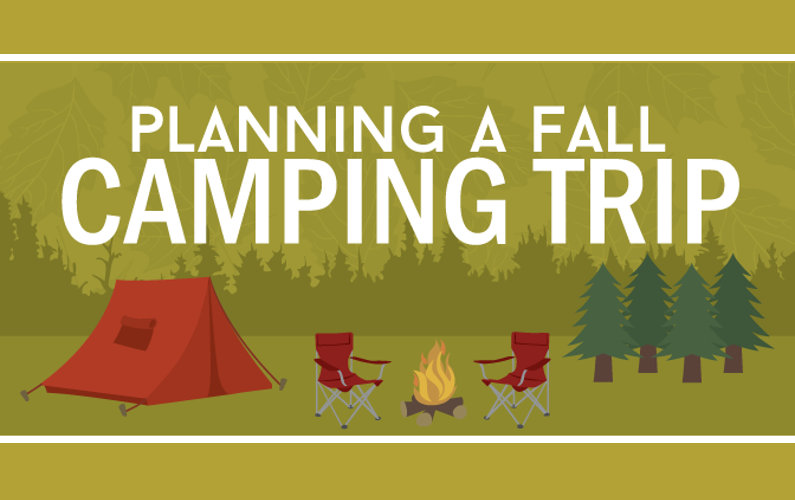As outdoor camping progressed to show a broader social change towards mindfulness and sustainability, tent layout followed suit. Whether it's through intuitive configuration options or the application of Fitts' Legislation, contemporary camping tent layout remains to introduce and increase camper's options for outdoor exploration.
The wedge outdoor tents, likewise referred to as a wall tent, can be created by erecting the ridgepole atop upright poles and freely staking down each side. This permits even more living and walking around space than an A-frame camping tent.
The A-Frame
Among the most famous outdoor tents designs is a standard A-frame. This framework takes its name from its roofline, which resembles the capital letter A. This form creates a vaulted ceiling that gives an open, large sensation inside the home. The sloping wall surfaces also make second-level loft areas suitable for resting.
In the past, a good scout might establish a canvas A-frame camping tent in two mins or less. A modern-day A-frame cabin can use the same convenience of installation, yet with better climate security and more functional space.
A-frames are a fantastic instance of functional design, which highlights lowering the intricacy of an item to ensure that it can be a lot more easily recognized and utilized. Today, UI/UX developers use this principle to craft instinctive user interfaces that enable individuals to accomplish their goals with optimal effectiveness. This strategy mirrors the A-frame's origins as an option to human demands. The simplicity of A-frames likewise mirrors a desire for outside experiences that balance technological improvement with a much deeper link to nature.
The Wedge
Whether you are new to wall tents or are an experienced camper, choosing the right structure for your canvas shelter can seem like an overwhelming experience initially. With a lot of options for material, frames and degrees of protection from the aspects to consider, you can conveniently get shed in a sea of jargon.
Thankfully, navigating the globe of wall outdoors tents doesn't need to be so difficult. We've established our very own system to aid you streamline your choices. With our simple Wedge model, we've gotten rid of the requirement for complicated material and framework options so you can invest even more time appreciating your journey and less time fretting about your sanctuary.
The Baker
The baker camping tent is a modified lean-to style outdoor tents. tent size It is a very versatile and useful shelter that can be zoomed limited versus the aspects or opened up to allow in the heat of a reflector campfire. The baker was the tent of option of lots of logging camps and wilderness canoe adventurers in the 1800's. The baker outdoor tents also obtained prestige in the very early 1900's when across the country known outdoor writer Horace Kephart used a baker tent at his famous base camp on Dicks Creek in North Carolina.
Choosing the appropriate internal frame, tube size and construction is a crucial consider establishing the strength of your wall outdoor tents and just how it will certainly manage altering weather. Additionally, a significant part of your wall outdoor tents's durability and performance is determined by the treatment that it has been subjected to. Bravo's welded steel internal frames are built using exceptional 1 3/8 inch galvanized tubing and heavy duty welded angle kits that are braced for added strength.
The Whelen
In a time of increasing automation and urbanization, outdoor camping was a stepping back to basic nature admiration. It used an opportunity to appreciate imperfections in materials and crookedness of the landscape, to welcome the transience of day-to-day rhythms of climbing, relocating, sleeping, and resting, and to connect with the natural world at a greatly human degree.
Early outdoor tents layouts were crafted with an eye to economic situation of area and weight, yet we have actually seen an abandonment of these traditional ideas toward bigger, gangly designs that take longer to establish, require even more cautious planning of the impact, and deal less in terms of weather protection. In this way, the modern outdoor tents shows a societal shift away from technical innovation and in the direction of mindfulness, sustainability, and recognition for a much more natural world. Much like outdoors tents, UI/UX style is likewise centered on conference human demands. Fitts' Legislation, for example, teaches us to prioritize the dimension and distance of interactive elements in order to facilitate quicker and much more efficient customer communications.
